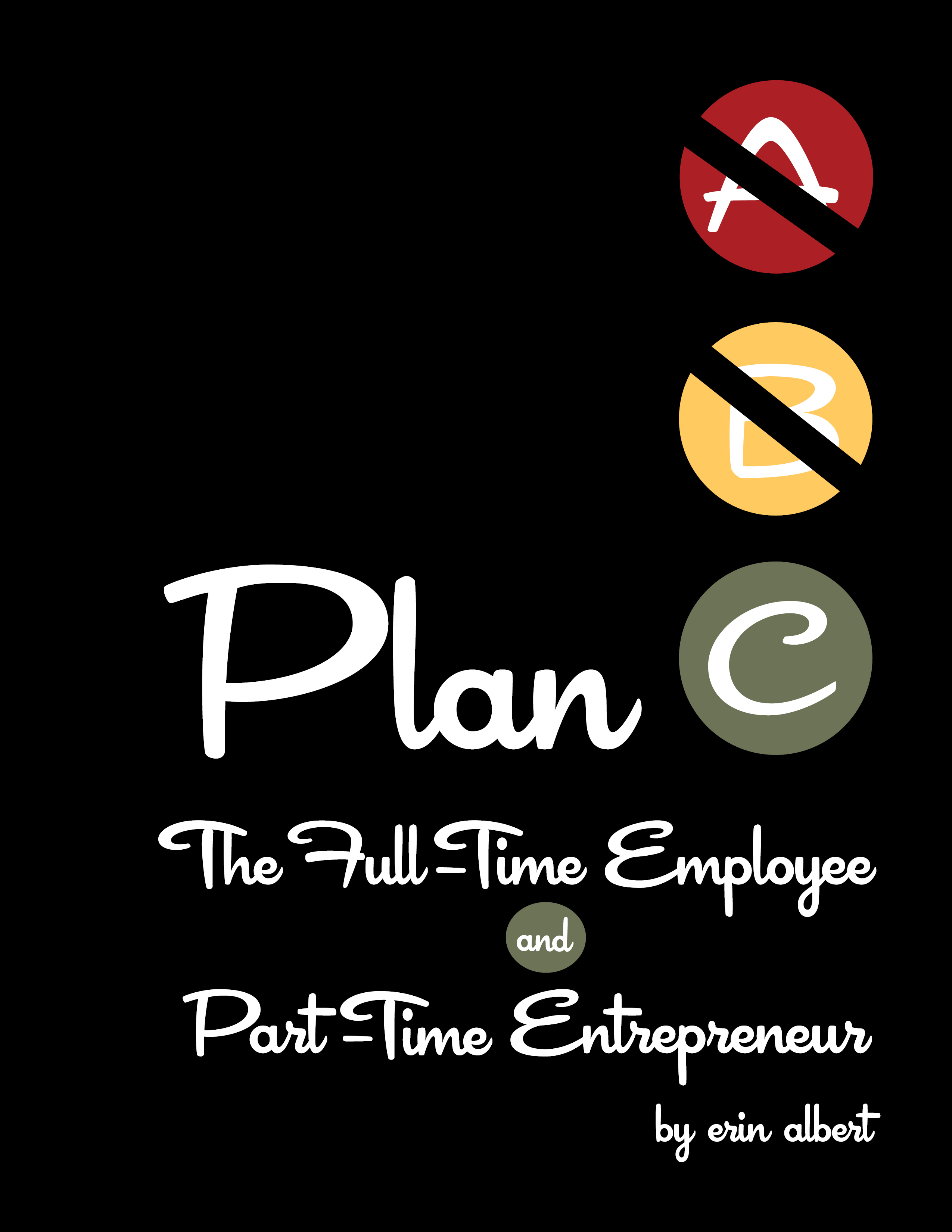Sometimes the simplest business models make the best opportunities.
We recently held our competition for the Baker Donelson Outstanding Student Entrepreneur of the Year award here at Belmont University. The winner not only has bragging rights, but also receives a significant cash award to help with the growth of their business.
This year’s competition was particularly strong. But in the end, the winning business was not a new app for your smartphone, a new web platform, or a breakthrough technology to change the music industry. The student entrepreneur who was named the Outstanding Student Entrepreneur of the Year collects medical waste from doctors’ offices and funeral homes.
It took Jerell Harris, founder and at this time sole employee of QuickMed, a long time to get to the point of starting his medical waste management business.
Harris is not my typical student who comes to college fresh out of high school. By the time he enrolled he had worked for several years, was married, and had a family of four children.
“I operated a small business for more than seven years,” said Harris, “but failed to take the company to the next level of growth. It was very frustrating.”
Eventually he decided to take significant step of entering college to pursue a major in entrepreneurship.
As he began to learn about entrepreneurship, Harris explored several business models.
The most recent one was a biometric attendance-monitoring concept aimed at reducing fraud within the state supported childcare industry.
The further he explored this idea, the more he realized that the technological complexity of the systems to operate the business, the cost of getting it started, and the general political climate it operated within made it too risky to launch.
After abandoning that idea, he decided to try and find a simpler business model to pursue.
Based on conversations with a friend, he recognized an opportunity in a well-established industry — medical waste management. As he developed the business model for this idea, he discovered that it was relatively inexpensive and easy to launch.
But even a simple business model requires proper and careful execution.
“My entrepreneurship education has helped me tremendously,” said Harris. “I now understand how to make necessary pivotal steps that will help me reach my growth targets. Above all, I have learned how to manage my company as it goes through various life cycles.”
Even though this medical waste management is a well-established market, Harris was able to find a value proposition that has helped him steadily gain market share.
“I have listened to the complaints in the market and developed QuickMed’s services based on those criticisms,” explains Harris.
Harris has ambitious goals for his new venture. He intends to extend QuickMed’s waste collection services across the state of Tennessee by 2014.
When searching for a new business idea, avoid the common temptation to try and find a complex, trendy, or glamorous product. Some of the best opportunities come from the most simple, everyday needs in the marketplace.

